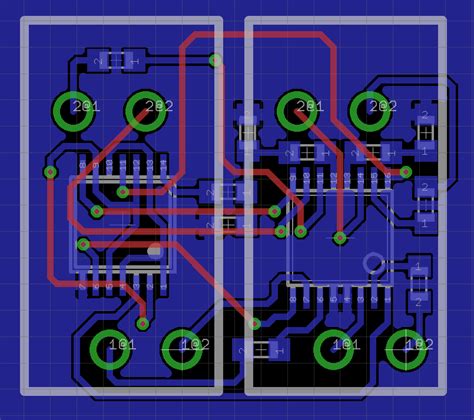
Everything You Need to Know about Designing a PCB Layout
What is a PCB Layout? A PCB (Printed Circuit Board) layout is the design and arrangement of electronic components and the copper traces that connect[…]

Kelvin Connection: The Ultimate Beginner’s Guide
What is a Kelvin Connection? A Kelvin connection, also known as a four-terminal sensing or 4-wire sensing, is a electrical measuring technique that uses separate[…]

PCB Artwork- Design Guidelines Every PCB Manufacturer Need To Now
Introduction to PCB Artwork-Design Guidelines Printed Circuit Board (PCB) artwork-design is a crucial aspect of PCB manufacturing. It involves creating the layout and design of[…]
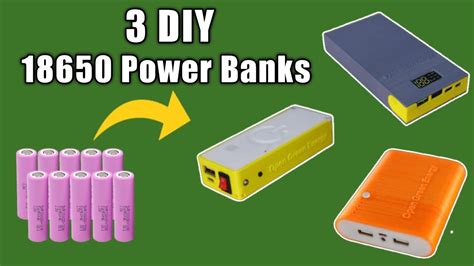
Homemade Power Bank: An Easy DIY Guide
What is a Power Bank? A power bank is a portable battery-powered device that can charge your electronic devices, such as smartphones, tablets, or cameras,[…]
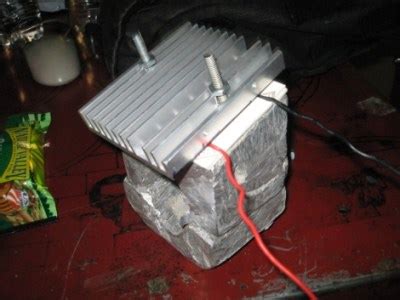
DIY Heatsink: A Guide on Building a Miniature Heatsink
Introduction A heatsink is a crucial component in many electronic devices, helping to dissipate heat and prevent overheating. While you can purchase pre-made heatsinks, building[…]
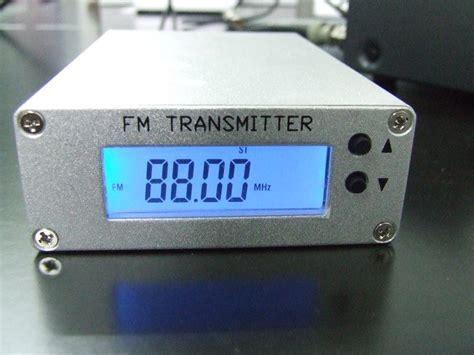
How to Make a Transmitter- The Ultimate FM Transmitter
Introduction to FM Transmitters An FM transmitter is a device that allows you to broadcast audio signals over a specific frequency range, typically within the[…]
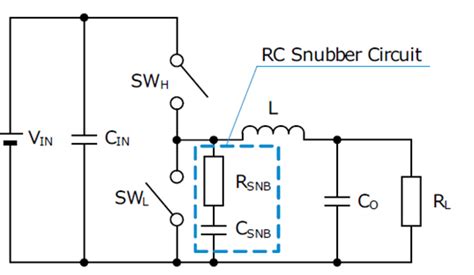
Snubber Circuit: A Safeguarding Circuit for Protecting Against Power Surges
Introduction to Snubber Circuits In the realm of electrical and electronic systems, protecting sensitive components from power surges and transient voltages is of utmost importance.[…]
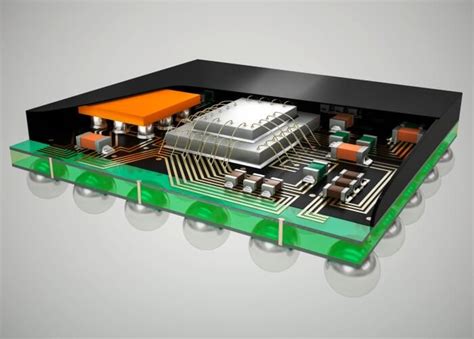
IC Packaging: What Is It and Why You Need It for Your Electronic Devices?
Introduction to IC Packaging Integrated circuit (IC) packaging is an essential part of modern electronics manufacturing. It involves encasing a semiconductor chip or die in[…]
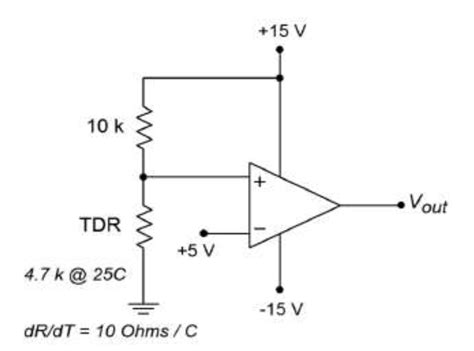
Voltage Comparator: An Introduction To Comparators
What is a Voltage Comparator? A voltage comparator is an electronic device that compares two analog voltage inputs and produces a digital output signal based[…]

RS232 connectors – A Safe and Reliable Option for Your Network
What are RS232 Connectors? RS232 connectors are serial communication interfaces used for connecting data terminal equipment (DTE) and data communication equipment (DCE). They allow the[…]